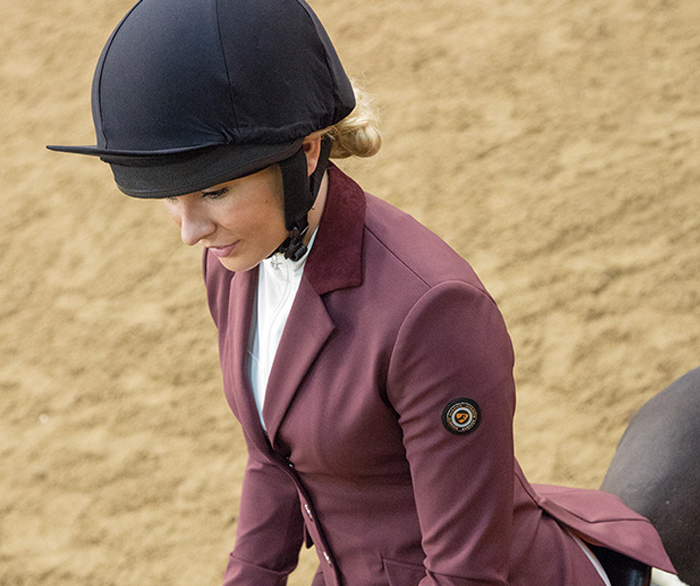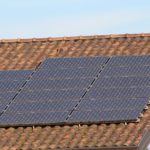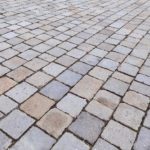What should the riding equipment be like ? It all depends on whether it is needed for recreation, training or competitions. The first and foremost principle is to be convenience. And security. Dress code should not restrict your movements. There must be nothing to flutter in it – it can scare the horse, and loose elements of equestrian clothing can get caught on branches while riding in the field. That is why it is worth dividing equipment for riders into categories and telling a little about them.
Trousers
The basic task of well-chosen riding pants is to protect against abrasions and not to worsen the grip of the saddle. They are also to not restrict movements. You do not need to buy professional breeches for the first riding lesson – cotton pants close to the body are enough. Only when horseback riding is your passion and training will take place several times a week, it is worth investing in breeches. These ankle-to-knee pants are tight so the horse’s feel is not impaired. From the knees up, they are loose so they do not restrict movement. The advantage of the breeches is the lack of a seam on the inside. So the rider is not in danger of chafing. Depending on the season, they can be made of thinner material (for summer) or thicker, made of material similar to corduroy (for winter). They also have funnels – reinforcements with additional material in places that rub against the saddle. If the pants have leather inserts instead of the material – they improve the grip of the saddle. In the event of rain, the leather sticks to the saddle even more.
- https://www.paczto.pl/kwas-askorbinowy/
- https://www.14konferencja.edu.pl/wypozyczalnia-samochodow-jako-pomysl-na-biznes/
- http://www.mistrzowiecoachingu.pl/wybor-firmy-ubezpieczeniowej/
Shoes
Good riding shoes should be narrow and have a firm, smooth sole. This is due to the fact that leaning against narrow stirrups in shoes with too soft soles can tire your foot quickly. This equipment for ridersmust be adjusted so that the sole of the shoe does not catch on the stirrup during dismounting or falling from the horse. You can risk a statement that at the beginning they can be sneakers, why not? If your workouts are regular, you should buy Chelsea boots. They have all the characteristics of a good riding shoe. They reach down to the ankles. They have a heel to prevent the foot from slipping into the stirrup. You can buy high boots made of leather or rubber on the market. Rubber boots are cheaper, but are only suitable for riding and need to be taken off quickly afterwards. Their feet get very cold in winter. It is very hot in the summer. Leather shoes, on the other hand, provide much greater comfort of use than rubber shoes. However, they are much more expensive.
Accessories for shoes
A useful accessory for riding boots are the so-called leggings. They look like gaiters and their task is to protect the calf from chafing. They are most often made of leather and extend from the ankle to the knee, overlapping the foot. In winter, they are great protection against the wind.
Headgear
The headgear is a must-have equipment for riders. It can be a toque or a helmet. It is designed to protect the rider’s head against injuries in the event of a fall. And not only by falling off a horse: a toque can be useful when tearing through the brush, where we can expose it to the impact of branches. The toque or helmet has a visor. It protects the eyes against glare or against rain or snow flooding the eyes. A well-chosen headgear does not rest with its edge against the bridge of the nose. This protects against painful injury when you fall over on your back. Fastening is also important. It has to be a system of non-stretchable straps. In many stables you can rent a toque or helmet. There is no charge for this. When choosing a toque in a store, try it on and check that it stays well on the head and at the same time does not constrict. The disadvantage of the lupus is poor ventilation. On a hot day, the head underneath it sweats. The helmet is more comfortable. It differs from the lobster in structure. It is much more durable, light, with more large vents, which significantly improve driving comfort on a hot day. It also has a removable insert that can be removed and washed.
Protective vest and gloves
Vests and gloves are additional equipment for riders . The vest looks like a tank top and its task is to protect the rider’s body in the event of a fall. It is especially useful when jumping and for people starting their adventure with horse riding. It is extremely light and easily adapts to the body, so it is imperceptible while driving. gloves- contrary to what is believed – they do not protect the hands from rubbing by the reins, because horseback riding takes place while sitting and working the calves. The reins only play an auxiliary role in the work of the legs, so they should not damage the rider’s hands. Two types of gloves are used: summer and insulated gloves. Summer ones are thin and their inner surface is covered with rubber balls. They help to hold the reins when the latter are wet and slippery. Winter gloves are made of cotton, fleece and leather. Both summer and winter ones should have a material sewn in from the inside to increase roughness.





